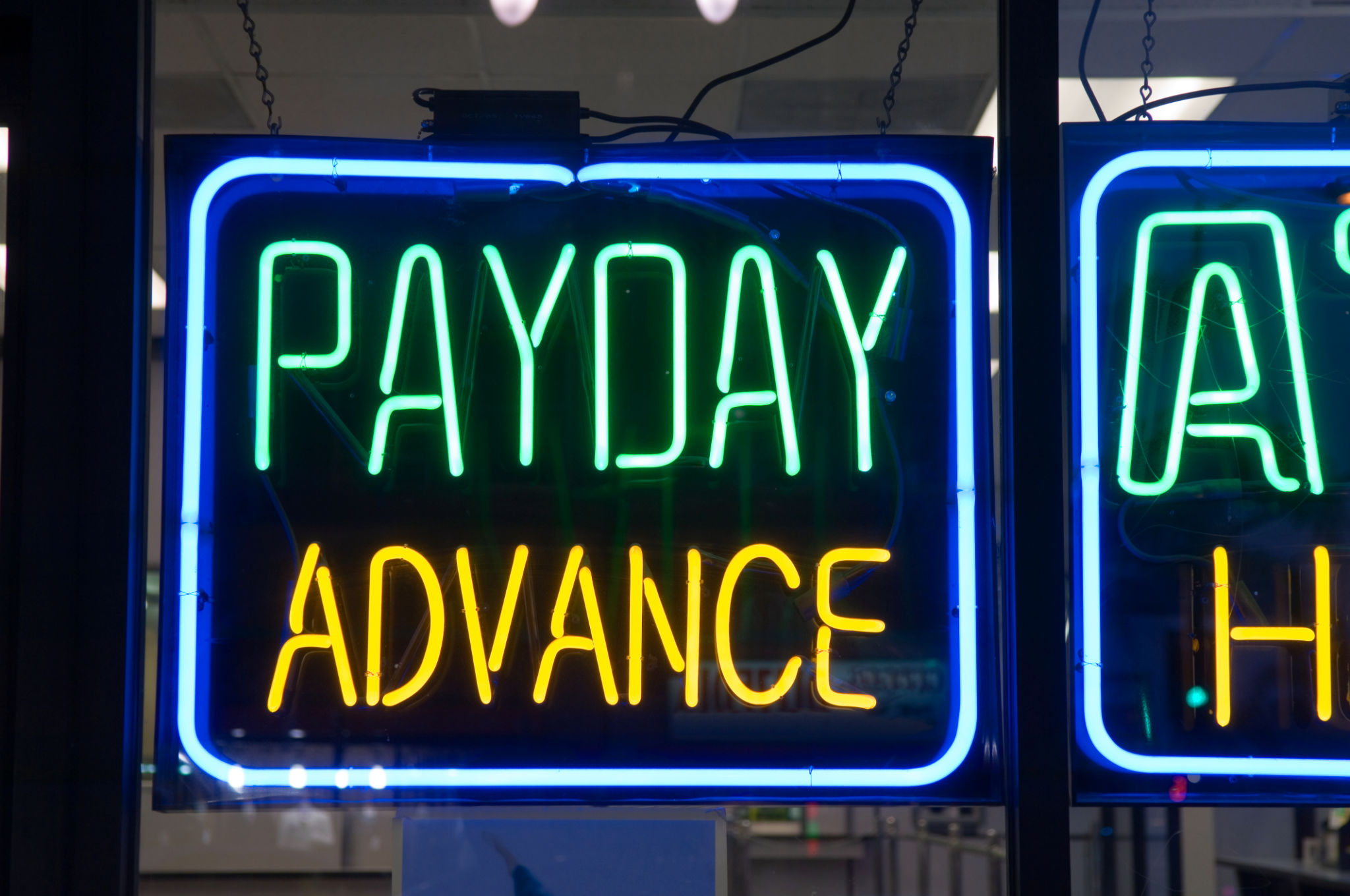Early Wage Access vs. Traditional Payday Loans: What You Need to Know
Understanding Early Wage Access
Early Wage Access (EWA) is a modern financial solution that allows employees to access a portion of their earned wages before the traditional payday. This service is gaining popularity as it offers a flexible and convenient way for employees to manage their finances. Unlike traditional payday loans, EWA does not involve borrowing money at high interest rates, making it a more attractive option for many individuals.
The primary benefit of EWA is that it provides workers with the liquidity they need without the burden of debt. This can be particularly useful in emergency situations where immediate funds are required. Employees can use EWA to cover unexpected expenses such as medical bills or car repairs without having to rely on costly credit options.

How Early Wage Access Works
EWA platforms typically integrate with employers’ payroll systems, allowing employees to access a portion of their earned wages through an app or online portal. The amount available for withdrawal is usually a percentage of the wages already earned during the pay period. The fee for accessing wages early is often nominal, especially when compared to the interest rates associated with payday loans.
Once the request is made, the funds are transferred to the employee’s bank account, often within a few minutes. This process provides employees with immediate access to their money, helping them manage their cash flow more effectively.
The Drawbacks of Traditional Payday Loans
Traditional payday loans have long been used by individuals needing quick cash, but they come with significant drawbacks. These short-term loans often carry exorbitant interest rates and fees, which can trap borrowers in a cycle of debt. Many payday loan providers charge interest rates that can exceed 300% APR, making it difficult for borrowers to repay the loans on time.

Furthermore, payday loans are often due in full on the borrower’s next payday, which can lead to financial strain if the borrower does not have enough funds to cover both the loan repayment and other essential expenses. This can result in additional fees and penalties, further exacerbating financial difficulties.
Comparing Costs: EWA vs. Payday Loans
When comparing EWA and payday loans, one of the most significant differences is the cost to the consumer. While payday loans are notorious for high fees and interest rates, EWA typically involves low or no fees. This makes EWA a much more affordable option for those in need of immediate funds.
An EWA service might charge a small flat fee per transaction or offer the service free of charge as part of an employee benefits package. In contrast, payday loans can lead to substantial financial obligations and stress due to their high cost structure.

Choosing the Right Option for You
When deciding between Early Wage Access and traditional payday loans, consider your financial situation and needs. If you regularly find yourself needing short-term financial assistance, EWA could provide a more sustainable and less costly solution. Additionally, look into whether your employer offers EWA as part of their benefits package.
For those who must resort to payday loans, it's crucial to fully understand the terms and conditions before borrowing. Compare different lenders and consider alternative options, such as community assistance programs or personal loans from family or friends, to avoid falling into debt cycles.
The Future of Financial Flexibility
The rise of Early Wage Access highlights a shift towards more employee-centric financial solutions that prioritize user needs and financial wellness. As more employers adopt EWA programs, workers will have increased opportunities to manage their earnings proactively without incurring debt.
This shift in financial services not only benefits employees but also employers by reducing financial stress among workers, potentially leading to increased productivity and job satisfaction.